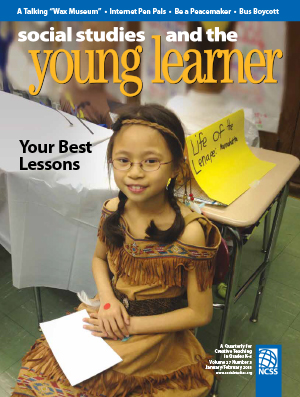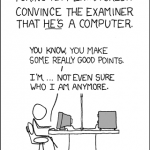I’ve got a book review of David Smith’s If: A Mind-Bending New Way of Looking at Big Ideas and Numbers in the latest issue of Social Studies and the Young Learner, and I figured it might be of particular interest to parents/friends of parents, but also of general interest to all of you who love math (or even those who have yet to succumb to her charms). Here’s an excerpt:
What Adds Up to Citizenship?
Smith makes numbers and statistics graspable, even by small children, by scaling them so that they can be illustrated by and compared to ordinary objects. In short, as readers of other his books know, Smith shows how to make all numbers human-sized. In his hands (and as illustrated by Steve Adams), the entire Milky Way galaxy is the size of a dinner plate (making the visible universe, in this framework, the size of Belgium), and all the water on Earth becomes 100 glasses, only three of which contain fresh water.
[…]
Most English speakers can understand the sentence, “Joseph Stiglitz and Linda Bilmes estimate that the cost of the Iraq War will be over $3 trillion,” in the sense that they can spot the subjects of the sentence and the claim that they’re making.2 But, for many, however literate, that sentence doesn’t feel meaningfully different from “Joseph Stiglitz and Linda Bilmes estimate that the cost of the Iraq War will be over $16 trillion” or “…will be over $3 billion.” This insensitivity limits our ability to be active, engaged citizens. In order to communicate facts about policy and government, we require a free press. In order to read, comprehend, and act on this information, we require an educated polity, but, if citizens are merely literate, they still may not be ready to engage and organize. Thus, every social studies teacher must also be a numeracy teacher, to prepare students to evaluate policies and act politically. Developing a facility with the kinds of scaling demonstrated this book can help give students (and adults) a handle on numbers so large that they seem like abstractions.












